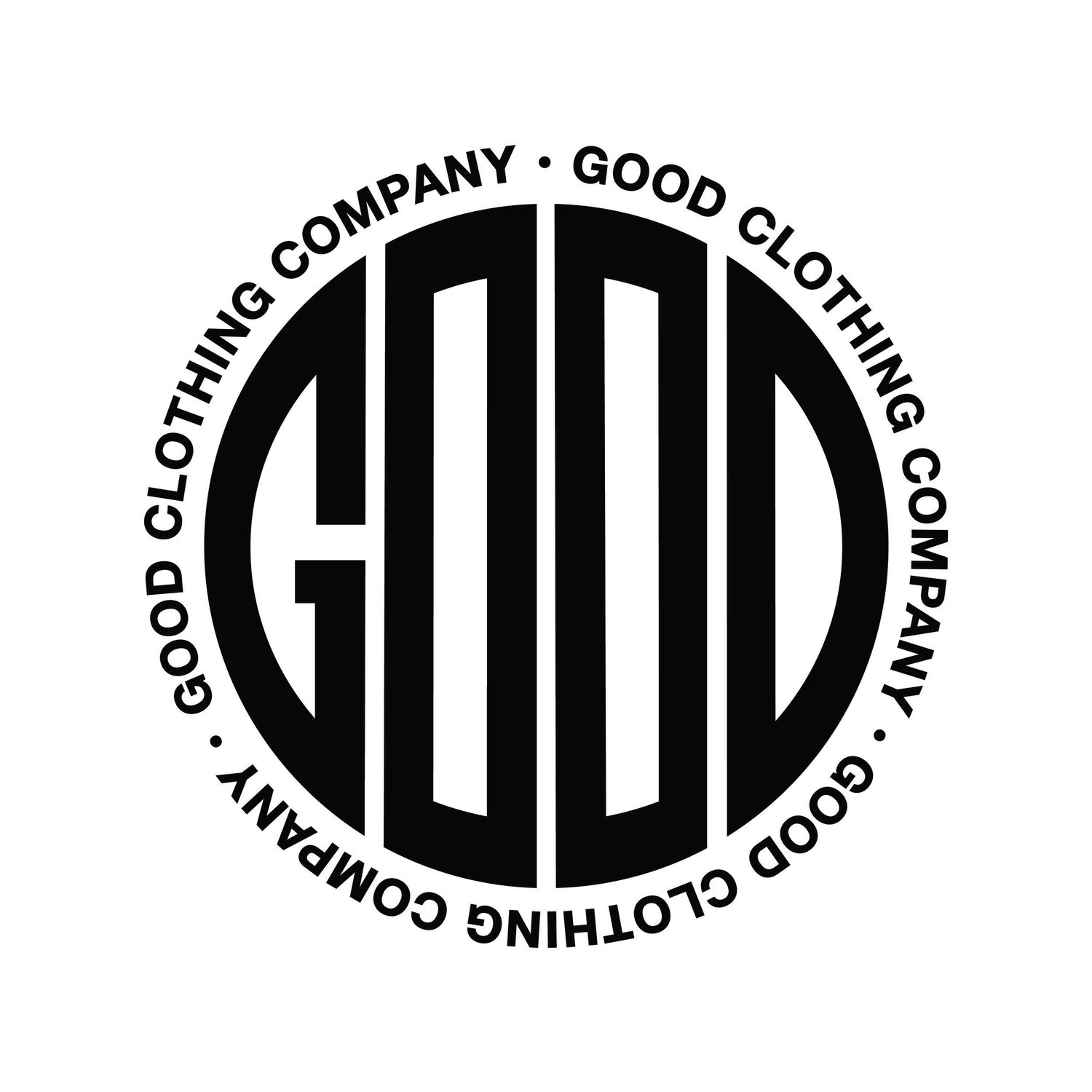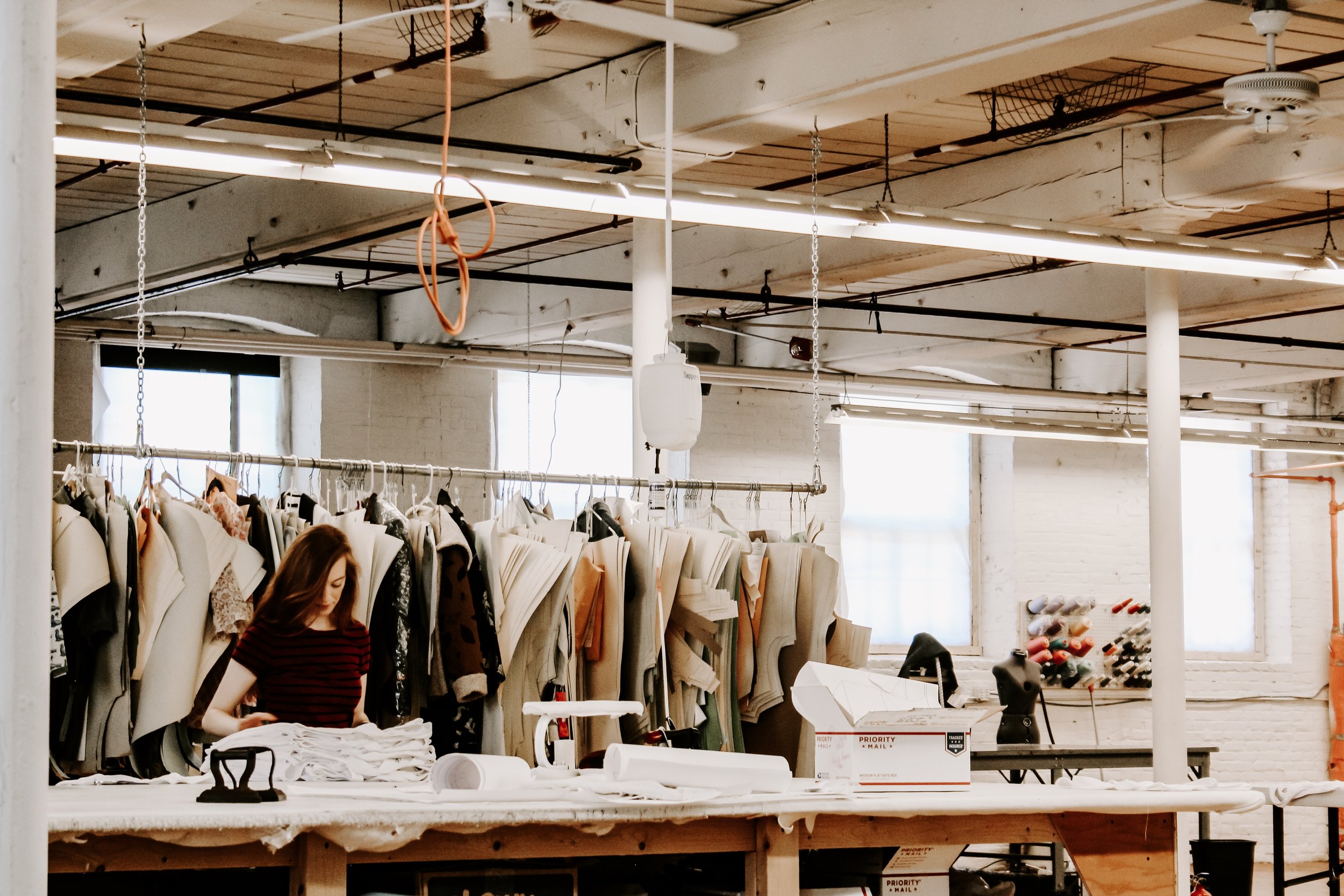How to Start a Sustainable Fashion Brand in 10 Steps
/Congratulations! You’ve decided to follow your passion and start a sustainable fashion brand. We’ve got ten helpful steps to guide your way. Keep in mind that a sustainable fashion brand does not come together overnight so be prepared for an exciting journey of trials, errors and lots of learning. Use this step-by-step to help you define your place in the market as well as construct your business plan.
1) INTERPRET THE NEED: By becoming a sustainable brand you are creating an opportunity for people to dress according to their values. What problem are you trying to solve? It’s here that you will define your brand’s sustainable practices. Do you aspire to use eco-friendly fabrics? Give a percentage of each sale to a worthy social cause? Support a sustainable innovation? Do as much research as you can about the type of product you want to put out there into the world. Make sure your products are a reflection of your brand’s mission statement for a consistent message customers can get behind.
2) DEFINE YOUR TARGET MARKET: Who is your customer? Define the demographics of your customer by creating a one sheet on who this person is. Be sure to consider the following: What are their likes and dislikes? What’s their monthly/yearly income? What global issues do they care most about? For a more in-depth data set, do market research by surveying people who fit your market. You can do this through online surveying or live interactions with people. Go to stores your ideal customer would shop at and talk to customers to get insight about their apparel needs and desires.
3) START DESIGNING: Designing is one of the most exciting steps in starting your apparel business. Keep in mind that your premier collection will help you create your brand’s signature look and style. What makes your brand stand out from the rest? Try to keep material cost in mind as you sketch to make sure your look isn’t breaking the bank. Focusing on keeping the design cleverly crafted with simple construction will benefit you in the long run.
4) FIND A MANUFACTURER: Now that you have a collection of designs sketched and strategized, you will need someone to help you to produce them to scale. Your manufacturer will be the facility that provides sampling, pattern making, cut and sew services, knitting services and, in some cases, design consulting. You’ll want to make certain that the manufacturing facility you are working with is up to safety code, using ethical manufacturing processes and is paying their workers a fair living wage.
At Good Clothing Company we provide lower minimums than industry standard offering small batch production which helps independent and emerging designers enter the market. Being located in Fall River, Massachusetts allows us closer proximity to your U.S. based business which means faster turn-around times, less shipping costs and a way to be more responsive and adaptive to your customer’s needs. We’ll happily work with you on customization and provide a high level of craftsmanship that you cannot get from a traditional apparel factory. If you are interested in producing with us, book a phone consultation or fill out our production application.
Good Clothing Company’s manufacturing and development facility in Fall River, Massachusetts.
5) SOURCE YOUR MATERIALS: When searching for just the right fabrics to create your ideal product it’s important to be choosy and meticulous. Look for certifications, authenticity and quality-- how does it drape, is it comfortable on the skin? How will the fabric wear in 5 years? Here are some helpful resources for sustainable fabrics online: SwatchOn, Lenzing, Offset Warehouse, Queen of Raw, Huston Textile, The New Denim Project. You can also find sustainable fabrics at tradeshows like TEXWORLD USA, LA TEXTILE and DG EXPO. Or, go straight to the source and make friends with a farmer. You can connect with farmers domestically through organizations like Fibershed and Textile Exchange
6) BEGIN SAMPLE AND DEVELOPMENT: Development is the most important part of creating your clothing line. Through this step a base pattern is made, tweaked and perfected. Samples are created based on this pattern. Samples are essentially proto-types of your apparel products. You’ll need approximately three samples per style to help you address if adjustments are needed before going to production. If adjustments are needed the pattern is revised and the cycle repeated. Good Clothing Company offers both development and sampling services with development running anywhere from 2-4 weeks and sample making and 3-4 weeks for sample making. No tech pack required.
7) ESTABLISH YOUR PRICE: Now that you know the costs of production, and any other overhead cost you are dealing with to run your company, you can establish the price for your collection. Will you be selling direct to consumer, or do you want to diversify and sell in brick and mortar shops too? Depending on if you are planning to sell wholesale, you will need to double your cost of manufacturing and all goods included per unit. For example, if a shirt costs $25 to produce (including fabric, labels, cut/sew & all other costs associated with that shirt), your wholesale pricing would be $50. Double your wholesale price to establish your retail which, in this case, would be $100 per shirt.
If you plan to remove the middleman, which is the best idea for emerging brands, you can still make a solid 50% profit margin selling direct-to-consumer at wholesale prices.
8) BUILD BRAND IDENTITY: Before you present your sustainable fashion brand to the world, you will need to have a name and logo. It’s helpful to create brand guidelines that allow you to stick to certain color schemes to provide consistency throughout your website that align with how your brand is represented on social platforms. Packaging is also something to consider when analyzing what type of aesthetic and feel you are going for. Be sure to find eco-friendly packaging that corresponds with your brand’s ethos. We like no issue, but you can also find loads of options online.
9) CAPTURE GREAT PHOTOS: If you are in the fashion game, you have to have great images. It’s important to set aside a budget to pay a photographer, model and art director. Make sure to schedule a photoshoot before the launch of your collection so that you have product flats (product images in studio not on a model), product shots on model and lifestyle images that showcase your clothing looking great in real life *stylish* situations. Increase your budget if you want to add a video teaser and snippets for your IG and Facebook stories by hiring a talented videographer.
10) GROW YOUR AUDIENCE: Now you are ready to present your brand to the world! Be sure to create social media pages for your brand and be active on them by posting at least 1-3 times per day. You’ll want to build rapport with potential customers by engaging in conversations. Create a content calendar that includes trending topics and seasonal know how. Refer to this calendar to build your social media posts and newsletter topics. If you want to give your content a “boost”, you can use social media marketing tools to grasp a larger audience- making sure to establish the demographics to be consistent with that of your target market. Do a soft launch of your new collection in collaboration with a local boutique. Send a press release to journalists to let them know about the launch of your new collection and be sure to include a press kit of images they can pull from that include both product, lifestyle and behind-the-scenes images for articles as well as a bio and backstory about your brand.





